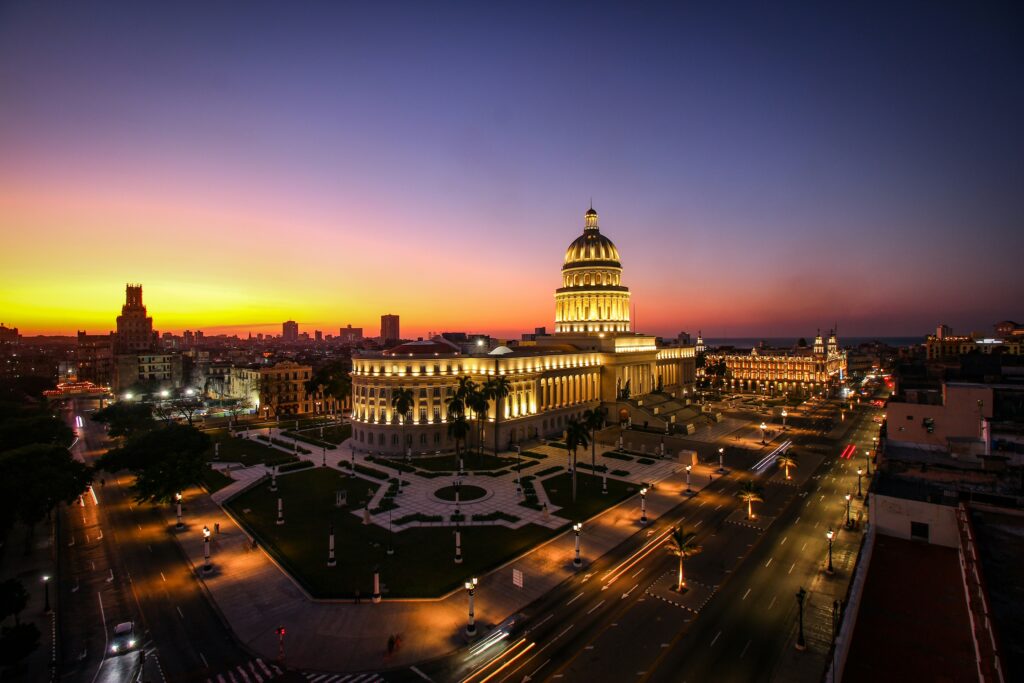
Understanding Cuba’s Mobile Network Landscape
Traveling to Cuba? One of the most pressing questions you might have is about staying connected, especially if you’re planning to venture outside Havana. The mobile coverage in Cuba has come a long way, but it operates differently compared to many other countries. Here, I’ll guide you through what to expect, so you can stay connected without a hitch.
Mobile Service Providers
Cuba primarily has two mobile service providers: ETECSA and Cubacel. ETECSA is the state-owned company that manages telecommunications across the island. If you’re visiting, Cubacel is the subsidiary you will likely use for mobile services. They offer prepaid and postpaid plans, but prepaid is the way to go for travelers.
Getting a SIM Card
Getting a local SIM card is fairly straightforward. You’ll need to visit an ETECSA office, which can be found in most cities, including smaller towns outside Havana. Just bring your passport, and they’ll be happy to set you up. The process usually takes just a few minutes, although be prepared for potentially long queues—like, think waiting for coffee at a trendy café. Once activated, you’ll have reliable—but not always perfect—coverage throughout the island.
What to Expect Outside Havana
While Havana might have better network reliability, that doesn’t mean you’re in for a nightmare when you travel to other parts of Cuba. Here’s what to anticipate.
Coverage Areas
In major towns like Varadero, Santa Clara, and Trinidad, you can generally expect decent 3G coverage. However, in rural areas or if you find yourself exploring some of Cuba’s more remote spots, don’t be surprised if you lose signal completely. Imagine you’re hiking in the Sierra del Rosario; there are moments when it feels like your phone might as well be a house brick—useful for throwing, but not much else!
Internet Speeds
Internet speed? Well… it varies. You’ve got the optimism of 3G in urban locations, but remember that it’s still a developing country. During peak usage times, especially in touristy areas, you might find yourself staring at that little spinning circle for what feels like ages. To be honest, don’t go expecting lightning-fast uploads or downloads. Streaming your favorite show? Good luck with that! Download before your trip, and save the LTE binge-watching for when you’re back home.
Staying Connected: Tips for Travelers
So, you want to stay in touch but don’t want yourself tethered to technology? Here’s how to navigate the mobile landscape while enjoying every genuine moment of your trip.
Use Wi-Fi Hotspots
Wi-Fi spots are scattered throughout Cuba, especially in plazas and cafes. You’ll often find locals huddled around Wi-Fi cards, looking to connect. You can buy cards from ETECSA offices, but here’s the kicker: they come with a limited amount of data—for a few hours at a time—so use them wisely! Grab a coffee, enjoy the view, and manage your posts from there. Pro tip: many local restaurants also offer free Wi-Fi for customers. Just ask—who doesn’t love a bargain?!
Alternative Communication Methods
Want to stay connected with family or friends back home? Consider using messaging apps like WhatsApp or Facebook Messenger when on Wi-Fi. But avoid making calls if you can; the signal’s too spotty and it can become frustrating. Using a prepaid plan allows you to send texts, which can sometimes work better than trying to chat. It also makes your friends back home feel special when they get a picture of you sipping mojitos!
Plan for Offline Adventures
Since you can’t always count on reliability, download offline maps or travel guides before your trip. Consider an app like Maps.me, which allows for offline navigation. Being able to find your way without Google Maps looking at you with its ominous loading circle is liberating. Seriously, nothing beats the thrill of wandering without worrying about connectivity.
Common Pitfalls to Avoid
No one wants to ruin their holiday by grappling with technology, so let’s cover a few pitfalls to avoid while trying to stay connected.
Don’t Ignore Local Advice
Ask locals about the best places to find coverage. They often know little secrets that guidebooks can’t tell. And yes, they love to chat! More often than not, you’ll find that someone has a recommendation for a literal hole-in-the-wall café with the best Wi-Fi. Bonus: local recommendations often lead to fantastic food.
Forget the Roaming Myths
Many travelers are tempted to rely on their home country’s mobile roaming. Here’s the reality: roaming may not work well in Cuba, and the fees can skyrocket. You’re better off getting a local SIM. Just trust me on that.
Don’t Stress About Connectivity
This might be the most important tip of all. Browsing the web can wait. Immersing yourself in Cuba’s vibrant culture, breathtaking scenery, and warm-hearted locals is the real joy. Put away the phone and take it all in. You only get to experience this once! If anything, those ‘no signal’ moments will likely turn into cherished memories with friends or loved ones.
Conclusion
In a world where we can be just a click away from everyone, the experience in Cuba is unique—often charmingly disconnected. Stay updated but let that connectivity come second to your grand adventures. The heart of Cuba will beat distinctly around you; all you have to do is listen and soak it in. So, take that leap into the unknown—or the well-connected unknown, if you will—and enjoy this beautiful island nation!
Related: For more practical tips on traveling in Cuba, check out this resource that covers essential do’s and don’ts!
**Related Reading:** – [Related: How to Plan a Solo Trip on a Budget] – [Related: Top Destinations for First-Time Solo Travelers] **#SoloTravel #Ultimate #Guide #Mobile #Coverage #Havana #Essential #Insights #Fearless #Travelers #Cuba**
